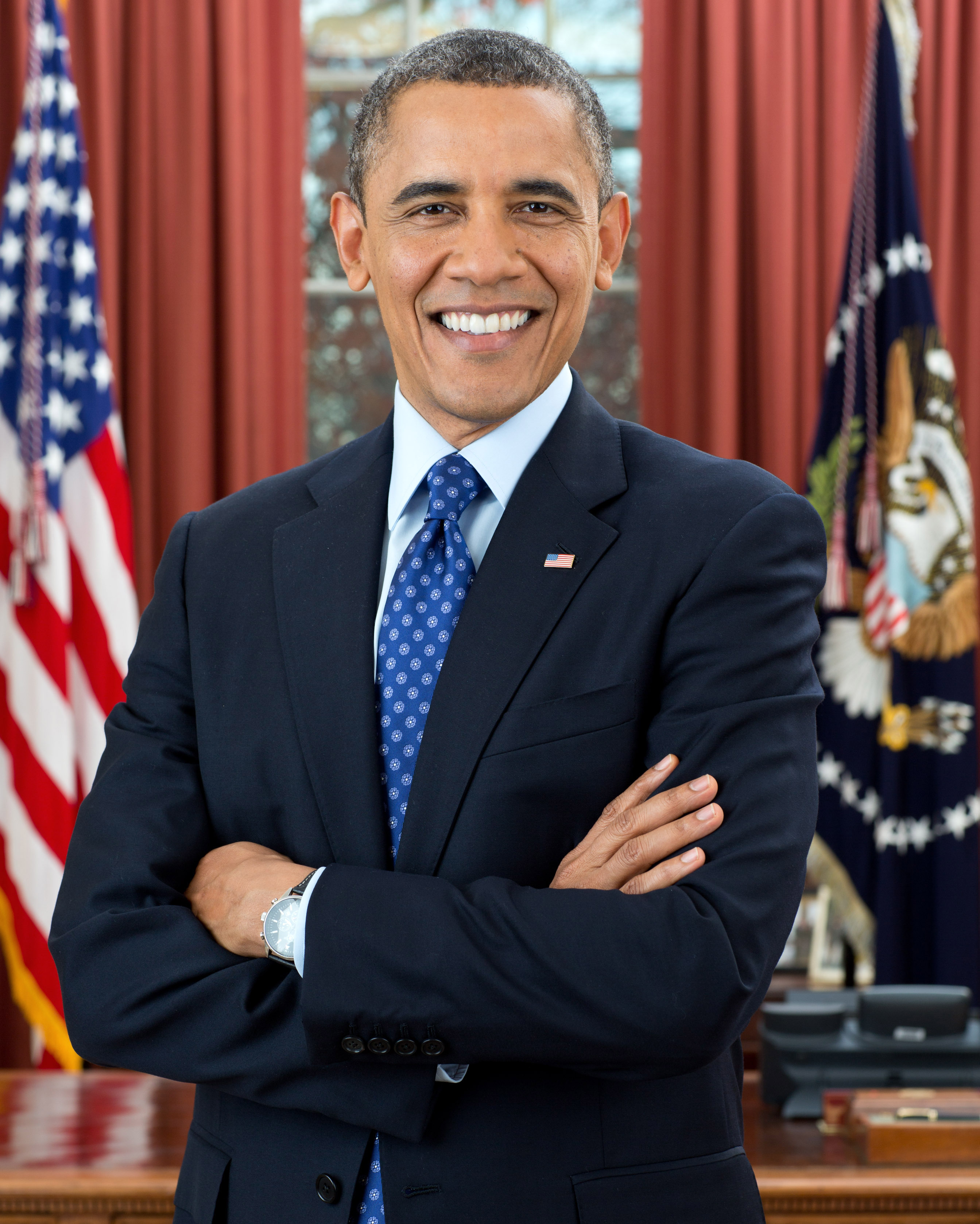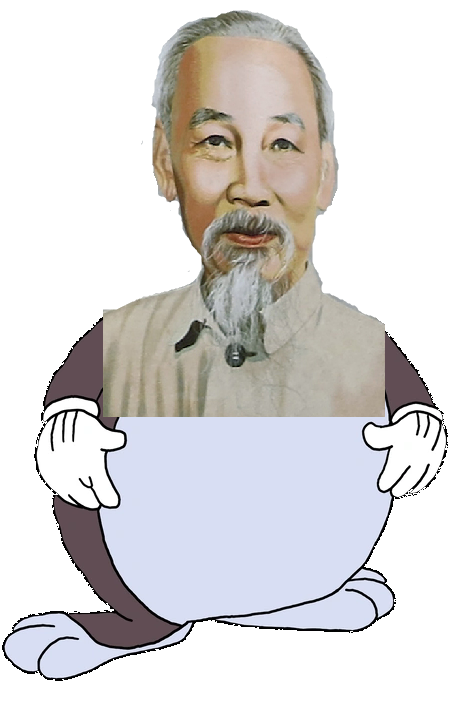Project Cybersyn or Project Synco was a Chilean project from 1971 to 1973 during the presidency of Salvador Allende with the objective of building a distributed decision support system to assist in the management of the national economy. The project consisted of four modules: an economic simulator, customized software to verify factory performance, an operations room, and a national network of telex machines that were connected to a central computer.
The Cybersyn project was based on the viable system model theory approach to organizational design and featured innovative technology at the time: it included a network of telex machines (Cybernet) in state-owned enterprises that would transmit and receive information to and from the government in Santiago. Field information would be fed into statistical modeling software (Cyberstride) that would monitor production indicators, such as raw material supply or high rates of worker absenteeism, in "near" real time, alerting workers in the first case and, in abnormal situations, if those parameters fell outside acceptable ranges to a very high degree, the central government as well. The information would also be entered into economic simulation software (CHECO, for CHilean ECOnomic simulator) that the government could use to forecast the likely outcome of economic decisions. Finally, a sophisticated operations room (Opsroom) would provide a space where managers could view relevant economic data, formulate feasible responses to emergencies, and transmit advice and directives to businesses and factories in alarm situations using the telex network.
The chief architect of the system was British operations research scientist Stafford Beer, and the system incorporated his notions of organizational cybernetics into industrial management. One of its main objectives was to return decision-making power within industrial enterprises to its workforce in order to develop factory self-regulation.
After the military coup of September 11, 1973, Cybersyn was abandoned and the operations room was destroyed.
Name
The name of the project in English (Cybersyn) is an acronym of the words cybernetics and synergy. Since the name is not euphonic in Spanish, in that language the project was called Synco, both an acronym for the Spanish Sistema de Información y Control, ('information and control system'), and a pun on the Spanish cinco, the number five, alluding to the five levels of Beer's viable system model.
History
Stafford Beer was a British consultant in managerial cybernetics. He was also sympathetic to Chilean socialism's stated ideals of maintaining Chile's democratic system and workers' autonomy rather than imposing a Soviet-style system of top-down command and control.
In July 1971, Fernando Flores, a senior employee of the Chilean Production Development Corporation (CORFO) under the direction of Pedro Vuskovic, contacted Beer for advice on incorporating Beer's theories into the management of the newly nationalized sector of the Chilean economy. Beer saw this as a unique opportunity to implement his ideas on a national scale. Rather than offering advice, he gave up most of his other consulting business and devoted much time to what became Project Cybersyn. He traveled to Chile often to collaborate with local implementers and used his personal contacts to get help from British technical experts.
The implementation schedule was very aggressive and the system had reached an advanced prototype stage by early 1973.
The system was most useful in October 1972, when some 40,000 striking truckers blocked access roads converging on Santiago. According to Gustavo Silva (CORFO's executive secretary for energy), the system's telex machines helped organize the transport of resources into the city with only about 200 trucks driven by strikebreakers, which reduced the potential damage caused by the 40,000 striking truckers.
System
There were 500 unused telex machines purchased by the previous government. Each one was placed in a factory. At the control center in Santiago, data from each factory (various numbers, such as raw material input, production output and number of absentees) was entered into a computer each day, which made short-term predictions and necessary adjustments. There were four levels of control (company, branch, sector, total), with algedonic feedback. If a control level did not solve a problem within a given interval, the higher level was notified. The results were discussed in the operations room and a high-level plan was made. The network of telex machines, called Cybernet, was the first operational component of Cybersyn, and the only one used regularly by the Allende government.
The software for Cybersyn was called Cyberstride and used Bayesian filtering and Bayesian control. It was written by Chilean engineers in consultation with a team of 12 British programmers. Cybersyn was first run on an IBM 360/50, but then transferred to a lesser-used Burroughs 3500 mainframe.
The futuristic operating room was designed by a team led by interface designer Gui Bonsiepe. It was equipped with seven swivel chairs (considered the best for creativity) with buttons, which were designed to control several large screens that could project data, and other panels with status information, although these had limited functionality as they could only display prepared pre -Graphs. This consisted of slides.
The vision had been distributed control and worker participation in business planning. The design was more akin to bureaucratic centralization of control through bottom-up reporting and top-down direction. Workers were expected to perform processes and use resources as modeled and planned. Any significant deviations were to be reported upward, and corrective directives were to be cascaded downward.
The project is described in some detail in the second edition of Stafford Beer's Brain of the Firm and Platform for Change books. The latter book includes proposals for social innovations such as having representatives of various 'stakeholder' groups in the control center.
A related development became known as the Cyberfolk Project, which allowed citizens to send information about their moods to Project organizers
Legacy
Computer scientist Paul Cockshott and economist Allin Cottrell referenced Project Cybersyn in their 1993 book Towards a New Socialism, and cited it as inspiration for their own proposed model of a computer-managed socialist planned economy. The Guardian in 2003 called the project "a kind of socialist internet, decades ahead of its time." Authors Leigh Phillips and Michal Rozworski also devoted a chapter to the project in their 2019 book, The People's Republic of Walmart. The authors made a case for the viability of a planned economy with the help of contemporary processing power used by large organizations such as Amazon, Walmart and the Pentagon. The authors, however, question whether much can be built on Project Cybersyn in particular, specifically, "whether a system used in emergency conditions, close to civil war in a single country, covering a limited number of companies and undoubtedly only partially ameliorating a desperate situation, can be applied in peacetime and on a global scale," especially since the project was never completed due to the military coup in 1973, which was followed by economic reforms by the Chicago Boys.
Chilean science fiction author Jorge Baradit published a science fiction novel in Spanish Synco in 2008. It is an alternative history novel set in 1979, of which he said, "It stops the military coup, the socialist government consolidates and creates the first cybernetic. state, a universal example, the true third way, a miracle."
In October 2016, 99% Invisible produced a podcast about the project. The Radio Ambulante podcast covered some of the history of Allende and the Cybersyn project in its 2019 episode "The Room That Was a Brain."
Megathreads and spaces to hang out:
- ❤️ Come listen to music and Watch movies with your fellow Hexbears nerd, in Cy.tube
- 💖 Come talk in the New Monthly queer thread
- 💛 Read about a current topic in the news
- ⭐️ October Movie Nominations ⭐️
reminders:
- 💚 You nerds can join specific comms to see posts about all sorts of topics
- 💙 Hexbear’s algorithm prioritizes struggle sessions over upbears
- 💜 Sorting by new you nerd
- 🌈 If you ever want to make your own megathread, you can go here nerd
- 🐶 Join the unofficial Hexbear-adjacent Mastodon instance toots.matapacos.dog
Links To Resources (Aid and Theory):
Aid:
- 💙Comprehensive list of resources for those in need of an abortion -- reddit link
- 💙Resources for Palestine
Theory:
It looked like the future then and it still looks like the future now.
New Megathread Nerds!!! :programming-communism: :doggo-matapacos: :allende-rhetoric: 2 day mega because of the downtime
We will have Scheduled downtime : 17th June, 9am CDT/2pm UTC :og-hex-bear:
-
🐶 Join the unofficial Hexbear-adjacent Mastodon instance toots.matapacos.dog
-
🌈 If you ever want to make your own megathread, you can go here nerd
@aaaaaaadjsf @Abraxiel @Abstraction @Acute_Engles @AnarchaPrincess @Antilope @Alaskaball @Aliveelectricwire @artificialset @bbnh69420 @BigLadKarlLiebknecht @bubbalu @buh @CatEars420 @cawsby @CDommunist @Cheesewizzard @Cherufe @ClimateChangeAnxiety @clover @Commander_Data @ComradeCmdrPiggy @ComradeEchidna @context @corgiwithalaptop @CrispyFern @Cromalin @CruciferousBodyguard @CyborgMarx @Dawn_Beveridge @Dirt_Owl @Dolores @Donut @drinkinglakewater @Dryad @ElChapoDeChapo @ElGosso @el_principito @EmmaGoldman @FALGSConaut @Flinch @flowernet @forcequit @Frogmanfromlake @GalaxyBrain @ghosts @Goadstool @GorbinOutOverHere @GoroAkechi @Grownbravy @GVAGUY3 @HarryLime @hexaflexagonbear @Hohsia @Ho_Chi_Chungus @Ideology @InevitableSwing @jabrd @JamesConeZone @Kanna @Kaputnik @Koa_lala @kristina @LesbianLiberty @marxisthayaca
@MaxOS @Mindfury @mkultrawide @Nakoichi @PaulSmackage @plinky @PM_ME_YOUR_FOUCAULTS @PorkrollPosadist @President_Obama @PurrLure @Ram_The_Manparts @Redcuban1959 @RNAi
@Rojo27 @RoseColoredVoid @solaranus @SorosFootSoldier @Sickos @silent_water @Sphere @Spike @spring_rabbit @ssjmarx @take_five_seconds @TankieTanuki @Teekeeus @Tervell
@ThisMachinePostsHog @ultraviolet @UlyssesT @Venustum @viva_la_juche @WhatDoYouMeanPodcast @Wheaties @WhyEssEff @WIIHAPPYFEW @wtypstanaccount04 @wombat @Zoift @Zuzak@thelastaxolotl @WhoaSlowDownMaurice @Quimby @Lydia
@CARCOSA @liberal @ella @all_that_is_solid @KenBonesWildRide @KiraNerys @TomboyShulk @DuckNuckem @SapGreen @Zangief @scumlord @COMMENT @Antisocial_Socialist @DOPESMOKERDENG
Remember nerds, no current struggle session discussion here on the general megathread, i will ban you from the comm and remove your comment, have a good day/night :meow-coffee:
-
RIP Allende. You could see economics 100 years in the future but you couldn't see that you should have armed the workers yesterday.
If Fidel Castro tells you to get strapped you need to get strapped. : (
started a new job and i am completely, unironically a 'tankie' now fuck this noise :lenin-crush-capitalism:
Just as I start getting close to a girl she tells me she is "part of a system" and has a dragon living in her head.
I don't think I wanna date no dragon.
Dragons need loving too. Besides, I don't suppose you're a donkey voiced by Eddie Murphy by any chance are you?
We all have two entities in our head, a self aware cog and a dragon.
(i am not plural and this is probably very oversimplified) plurality is basically dissociative identity disorder(what used to be referred to as multiple personality disorder, but that's generally considered offensive these days). plural meaning more than one identity, a system refers to the collective system of people in the same head. sometimes headmates can have non-human identities or ones taken from fiction (i know a system with an alter who's a character from tenchi muyo) hence the dragon comment
Trump was the first gay president. We had an old queen as a president for 4 years and nobody talks about it.
:hexbear-gay-pride: GAY :hexbear-gay-pride:
:hexbear-gay-pride: GAY :hexbear-gay-pride: :hexbear-gay-pride: GAY :hexbear-gay-pride:Happy Pride Month.
Took the gaypill, am now queermaxxxing, straightcels seething.
This site has many proud tankies. Don't like it? Leave. :hentai-free:
second dishwasher repair man besmirched the honor of the previous dishwasher repair man just a little bit
seemed justified considering we needed a second dishwasher repair man, but there could be a whole galaxy of appliance repair guy rivalry that I'm not privy to
I can row 1.21 miles in 10 minutes @ max resistance on my rowing machine
I'm almost at 40 strokes per minute, the pace I was doing at 10/16 resistance
God it's hard
"That pace is way too fast gorby!" heh maybe for you 😎😎😎😎😎😎
1161 strokes in 30 minutes YEEHAW that's the most so far. And I was told to take a break for my grip strength. I rowed some sense into my forearms and they're stronger than ever!

















